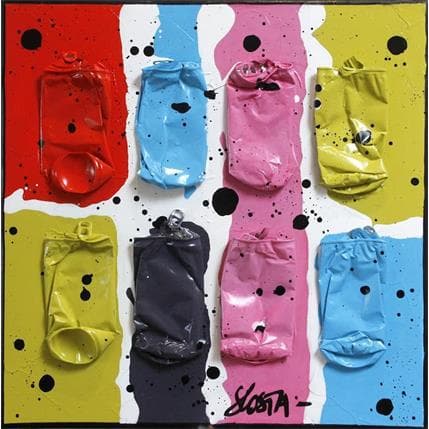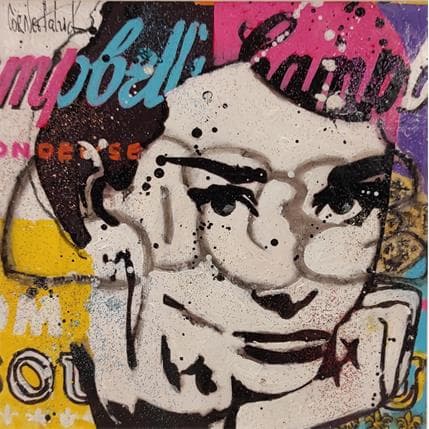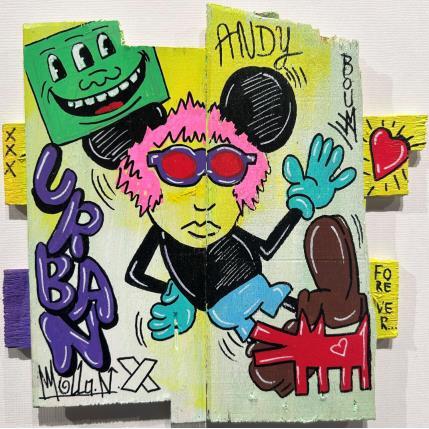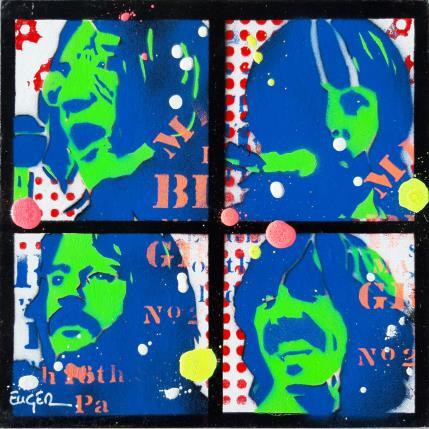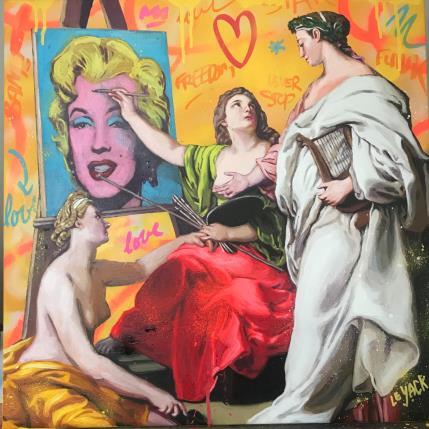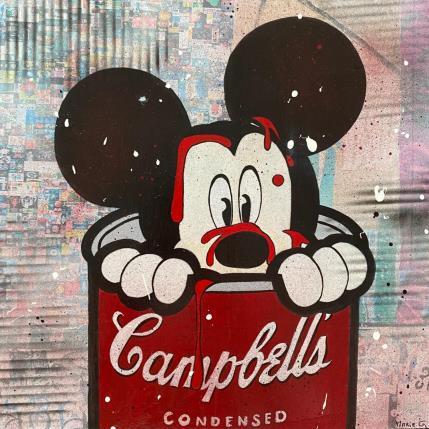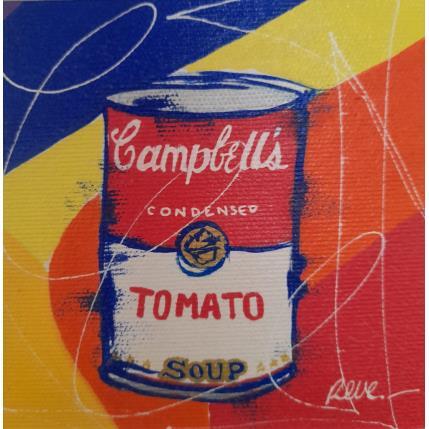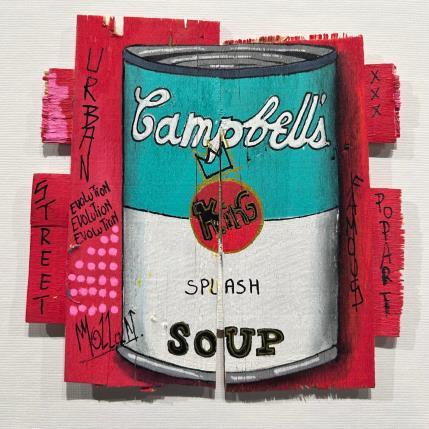Why did Andy Warhol stray from comics?
In painting his very first works Andy Warholdevoted himself to a passion shared by millions of Americans: comic book characters.
After drawing numerous illustrations for the advertising world, his goal was to exhibit his creations.
He wanted to find a place in the hearts of art lovers. It was to gain this popularity that he decided to represent global icons like Superman or Popeye. His originality lay in the decidedly comical traits he attributed to these famous superheroes.
Satisfied with his work and the reception of the public, however, he chose to move into a whole new world. He found that the artist Roy Lichtenstein was already well established in this theme and that there was no need to come to overshadow him. In addition, the adopted New Yorker from Pittsburgh wanted to build his own identity.
Deeply attached to everyday objects popular with his compatriots, he has sought to continue to follow this logic.
After the pictures of famous people he cut out when he was little and the comics, he became interested in something even more common: food packaging.
After drawing numerous illustrations for the advertising world, his goal was to exhibit his creations.
He wanted to find a place in the hearts of art lovers. It was to gain this popularity that he decided to represent global icons like Superman or Popeye. His originality lay in the decidedly comical traits he attributed to these famous superheroes.
Satisfied with his work and the reception of the public, however, he chose to move into a whole new world. He found that the artist Roy Lichtenstein was already well established in this theme and that there was no need to come to overshadow him. In addition, the adopted New Yorker from Pittsburgh wanted to build his own identity.
Deeply attached to everyday objects popular with his compatriots, he has sought to continue to follow this logic.
After the pictures of famous people he cut out when he was little and the comics, he became interested in something even more common: food packaging.
>Is Andy Warhol considered the father of Pop Art?
What is the hidden beauty of a can of soup?
In Andy Warhol's brain, pop art and simplicity are two phases of the same play.
The opposite of abstract art where reality is eclipsed, it is brought to the fore in the most popular works of the eccentric businessman.
In the Campbell's Soup Cans series, mundane tins are the centerpiece of the picture. Transcribed using the technique of screen printing, they are there to prove to the world that true aesthetics are found in simple things.
Andy Warhol is fascinated by details. He changed the letters, colors and fonts of the inscriptions on his soup cans.
Sometimes alone, sometimes in several copies to exaggerate the effect, he has fun grinding this unexpected material. We also see certain ancillary products such as a bowl or a can opener. He changes the content of the labels, tears them or peels them off slightly.
There are many variations but the frills are absent. The same goes when he draws a bottle of Coke or a banknote.
No need to dress the canvas with unnecessary brushstrokes. His work is precise, almost industrial. In an interview, he says he sees himself more as a machine than a creative painter.
The opposite of abstract art where reality is eclipsed, it is brought to the fore in the most popular works of the eccentric businessman.
In the Campbell's Soup Cans series, mundane tins are the centerpiece of the picture. Transcribed using the technique of screen printing, they are there to prove to the world that true aesthetics are found in simple things.
Andy Warhol is fascinated by details. He changed the letters, colors and fonts of the inscriptions on his soup cans.
Sometimes alone, sometimes in several copies to exaggerate the effect, he has fun grinding this unexpected material. We also see certain ancillary products such as a bowl or a can opener. He changes the content of the labels, tears them or peels them off slightly.
There are many variations but the frills are absent. The same goes when he draws a bottle of Coke or a banknote.
No need to dress the canvas with unnecessary brushstrokes. His work is precise, almost industrial. In an interview, he says he sees himself more as a machine than a creative painter.
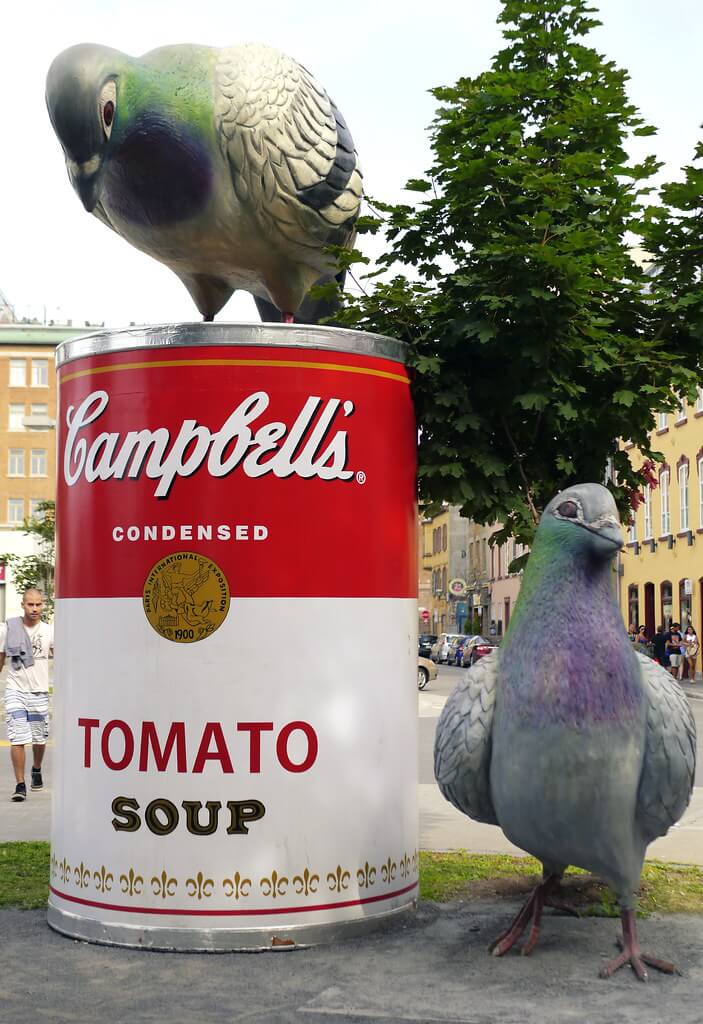
Campbell's Soup Tin Can Sculpture Reproduction


.png)

